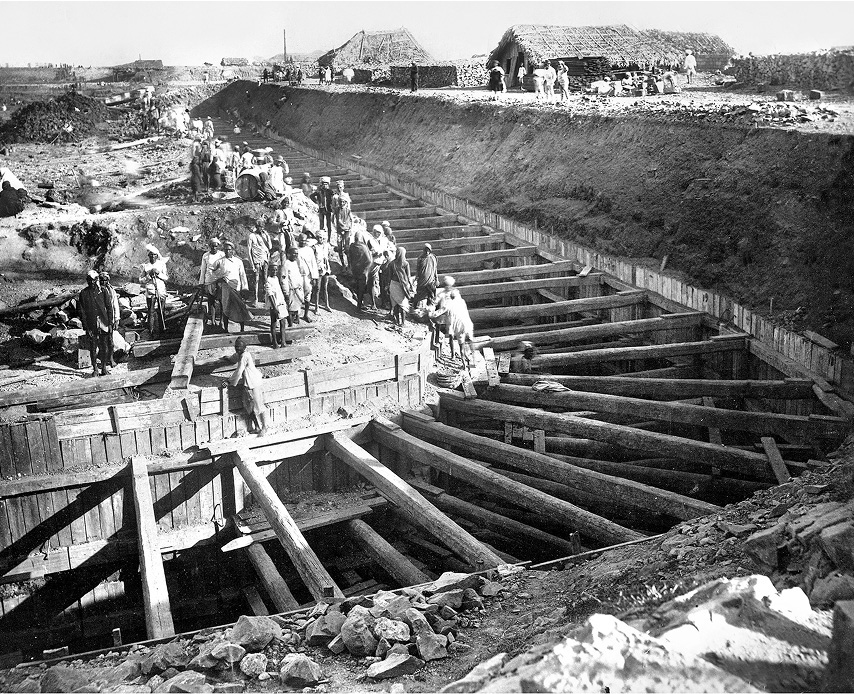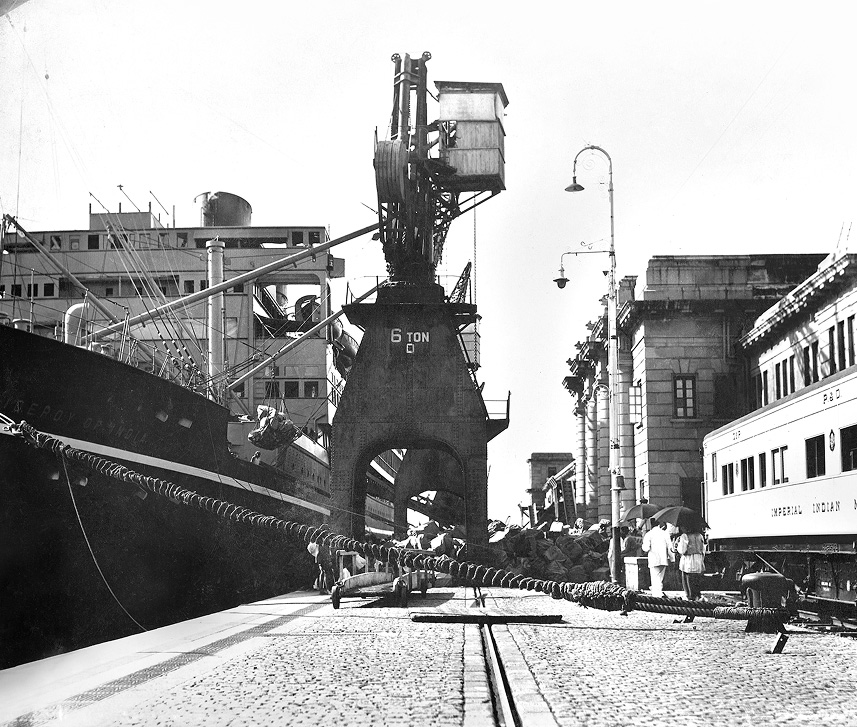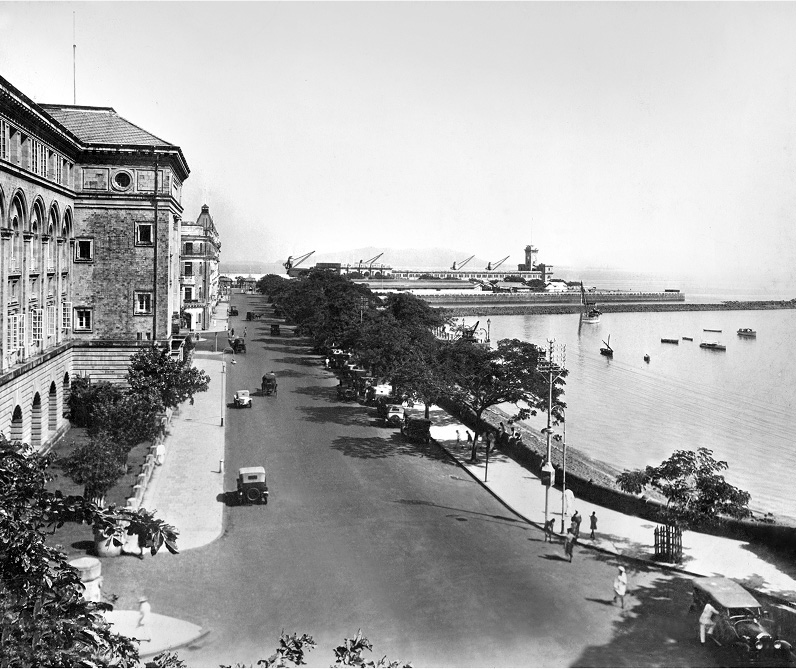Established in 1915 by the Bombay Port Trust, it was at Ballard Pier that thousands of travellers from across the world took their first steps on Indian soil. They arrived here on mighty steamships after months-long journeys by sea. The Pier and nearby Estate were built with a vision: to become a booming hub for business not just in the city, but the subcontinent. It’s a vision that has endured beyond a century. Even today, the Pier is at the heart of Mumbai’s identity as India’s financial capital.
The Island City is a place where the tides turn every few decades. Its maritime and mercantile past form some of the most important chapters of its history. Rulers across eras have used Mumbai’s strategic potential to their advantage, from the Portuguese in the 16th century, to the Marathas in the 17th century, and the British in the years until Independence. The opening up of the Suez Canal in 1869 and the flourishing cotton trade in India strengthened the city’s investment in building its port. It was an endeavour marked by triumphs and challenges.
For 200 years, the East India Company held the reins of Mumbai’s port. The passing of the Bombay Port Trust Act in 1873, and the exit of the Company from the docks in xx, was a catalysing force in the city’s mercantile success. The first Board of Trustees was led by Col. JA Ballard, after whom Ballard Pier and the Estate were named. Until the appointment of this Board, the port comprised only dry docks—docks meant for maintenance and repair, where the ships don’t float in water. This reality changed in 1875 with the rise of Colaba’s Sassoon Dock, the Port’s first wet dock. It could ably welcome five ships of 1,000 tonnes.
The Prince’s and Alexandra Docks soon followed, to meet the demands of increasing trade and accommodate the growing size of vessels. Constructed in the 1910s, a decade before the Gateway of India, the Pier was planned such that its ‘Arrival’ and ‘Departure’ stations were well-oiled machines. As soon as steamship travellers took in the sun and salty air at the docks, they’d find their baggage examined and processed by Customs. The Pier and Estate, both projects of the Mumbai Port Trust, were carefully moulded from the earth excavated during the establishment of the Alexandra Dock.
With a berth dredged to 32 feet at low water, the Pier could accommodate 20,000 ton-vessels. There was once a time when travellers at the docks heard the whistle and chugging of trains. The Mumbai Port Trust Railway, opened in 1915, was crucial for the loading and unloading of cargo. The 10-kilometre route runs between Wadala and the present-day Indira Dock (previously Alexandra Dock). During wartime, these trains doubled up as transport for soldiers. The Ballard Pier Mole Station was incorporated into this line in the early 1910s. It served as a transit point for some of India’s oldest and most luxurious trains like the Punjab Mail and Frontier Mail.
These trains journeyed to and from the subcontinent’s biggest cities—Delhi, Peshawar, and Kolkata—carrying mail from Europe, as well as passengers. The station, which also boasted a clock tower, shut its operations in 1944. The structures standing tall in Ballard Estate are harmoniously laid out, and meticulously uniform in their detailing. Designed by architect George Wittet between 1909 and 1914, the buildings and thoroughfares remain instantly recognisable for their Edwardian neoclassical style.
Spanning 22 acres of land reclaimed from the sea, the Estate is home to iconic buildings such as the New Custom House and Grand Hotel. These centres of commerce and leisure served the thousands of travellers and traders who alighted at the Pier. Insurance, banking, shipping and oil flourished in the Estate in the early 20th century, deeming it a premium address. Its fate was made possible because of the Pier’s own success.








